Waple Wood Artwork Place (와플목공방)
11.5Km 2024-10-21
5-6 Wangsimni-ro 10-gil, Seongdong-gu, Seoul
Interior items made from wood
This workshop is visited by celebrities such as Park Narae of the entertainment program 'I Live Alone' and KAI of EXO. It is also the place where the senior wooden box that appeared in the movie 'PARASITE' was made. You can make your own interior accessories such as chairs and tabletops using hardwood. One-day classes on making ballpoint pens and mechanical pencils are also popular.
Seosomun Historical Park (서소문역사공원)
11.5Km 2023-08-11
5, Chilpae-ro, Jung-gu, Seoul
The Seosomun Gate area, which is located outside Seosomun Gate, was used as a persecution site in the 19th century before it turned into the local park of today. Many Catholics were suppressed and martyred here, making the area a holy site for Korean Catholics. Seosomun Gate was a gateway to Chilpae Market located near Namdaemun Gate. It was always busy with passerbys and the persecution site was established outside the gate to set an example of crime punishment to all the witnesses.
On May 15, 1999, a memorial tower was raised at the center of the park in honor of the martyrs. In 2013, Seoul's Jung-gu district also founded Seosumun Holy Shrine History Museum with a memorial exhibition hall in their honor.
Bijindo Haemulttukbaegi (비진도해물뚝배기)
11.5Km 2021-03-30
53, Seosomun-ro, Seodaemun-gu, Seoul
+82-2-312-2867
It is a place that many tourists, as well as office workers, visit. This seafood restaurant is located in Seodaemun-gu, Seoul. The representative menu is seafood hot pot.
Banyan Tree Club & Spa Seoul (반얀트리 클럽 앤 스파 서울)
11.5Km 2021-06-22
60, Jangchungdan-ro, Jung-gu, Seoul
+82-2-2250-8000
Banyan Tree Club & Spa Seoul is a membership club & hotel operated by Banyan Tree Hotel & Resort, Singapore’s top resort brand. The new urban resort is a place where visitors can enjoy quality spa services while taking in a panoramic view.
Located on Namsan Mountain in the center of Seoul, Banyan Tree Club & Spa Seoul consists of three buildings: the Club, the Hotel and the Festa. Facilities include an outdoor sports center and other luxurious amenities like an outdoor pool, 23 cabanas, a sauna, fitness center, driving range, tennis court, outdoor playing field, spa, and kids’ club. The hotel houses 34 suites with private relaxation pools, and 16 members-only club rooms. The two Presidential Suites located on the top floor offer a fantastic night view of Seoul and Namsan Mountain.
E-Mart - Eunpyeong Branch [Tax Refund Shop] (이마트 은평)
11.5Km 2024-04-22
111, Eunpyeong-ro, Eunpyeong-gu, Seoul
-
Sejong University Museum (세종대학교 박물관)
11.5Km 2022-09-16
209, Neungdong-ro, Gwangjin-gu, Seoul
+82-2-3408-3876
Sejong University Museum exhibits folk art, wooden crafts, clothing, accessories, pottery, paintings and calligraphy collected for over 40 years by the couple who founded the present day Sejong University, Dr. Ju Young-ha and Dr. Choi Ok-ja. This museum has its origins in the Soodo Gallery, which was built in Chungmuro, the campus’ original location, in 1959. Needing more space to house additional artifacts, the museum moved to its current location, which first opened on May 5, 1973 in a four-story concrete building inspired by traditonal tower design from the Baekje era. This building was later expanded on May 20, 1977.
After the university’s name was changed to Sejong University in 1979, the museum was also renamed the Sejong University Museum. The museum showcases unique artifacts to both scholars and students from home and abroad in contribution to the research of Korea’s culture, arts, and archeology.
Center Coffee (Seoul Forest) (센터커피 서울숲점)
11.5Km 2023-10-23
28-11, Seoulsup 2-gil, Seongdong-gu, Seoul
Center Coffee (Seoul Forest) is located near Exit 5 of Seoul-forest Station (Suin–Bundang Line) in a residential district between Seongdong-gu Citizens' Sports Center and Seongsu Middle School. Note that the shop does not have its own parking lot. Because of its location in a busy city center, it is best to utilize buses, subway, and other public transportation. The cafe itself is situated on the second and third floors of a building, so it has a pleasant view. As one enters the building, one can find five blue ribbons adorning the doorway. Window seats here have a view of Seoul Forest. Signature menus include hand drip and mugwort lattes, and the menu is rounded out by beverages like espresso, cafe Americano, latte, and cappuccino. Because of its proximity to Seoul Forest, one can go for a leisurely walk there. Other nearby sites include Seongsu-dong Cafe Street, Seongsu Handmade Shoes Park, and Ttukseom Recreation Area.
※ Pets allowed
Meal° (Seongsu) (밀도 성수점)
11.5Km 2023-10-23
96, Wangsimni-ro, Seongdong-gu, Seoul
Meal° (Seongsu) is a bakery located in front of Seongdong-gu Citizens' Sports Center, near Exit 1 of Seoul-forest Station (Suin–Bundang Line). Because the shop has no parking lot, visitors are advised to utilize buses, subways, and other public transportation when visiting. The shop itself is rather small, so it operates on a take-out-only basis. One can, however, opt to have the bread delivered. Signature menus include plain and rich bread, honey rusk, chocolate and honey rusk, cube custard, and strawberry jam bread. Other menus include scones, cube bread with streusel, and sandwiches. Nearby sites include Seongsu-dong Cafe Street, Seongsu Handmade Shoes Park, Seoulsup Forest, and Ttukseom Recreation Area.
Cheolgil Tteokbokki (철길떡볶이)
11.6Km 2024-03-18
35-6 Chungjeong-ro, Seodaemun-gu, Seoul
Cheolgil Tteokbokki is a famous pilgrimage site for tteokbokki lovers. As the name suggests, it is located next to the railroad (“cheolgil” in Korean) near Chungjeongno Station. There is a wide variety of Korean dishes available, from tteokbokki that will bring back childhood memories to gimbap, deep-fried dishes, and sundae. As the name suggests, it is located next to the railroad near Chungjeongno Station. The restaurant has been in operation for two generations while maintaining its original appearance. The old signboard and exterior have a nostalgic feeling. Unlike tteokbokki in soup, which is currently popular, this tteokbokki with chewy rice cakes is coated well with thick spicy sauce. It's very delicious when mixed with the restaurant’s deep-fried foods. Visitors are recommended to take the seat outdoors to enjoy the view of the railroad tracks while eating.
Bongwonsa Temple (봉원사)
11.6Km 2023-03-13
120, Bongwonsa-gil, Seodaemun-gu, Seoul
+82-2-392-3007
Located on the outskirts of Ansan Mountain in Bongwon-dong, Seodaemun-gu, Seoul, Bongwonsa Temple, as the center of Korean Buddhism Taego, is a thousand-year-old temple with a long history and tradition. In 889 (3rd year of Shilla Queen Jinseong’s reign), Monk Doseon founded it at the ground of Yeonhui Palace (now Yonsei Univ.) and named it Banyasa temple. It was destroyed during the Imjin War in 1592, and later in 1748 (the 24th year of Joseon King Yeongjo’s reign), it was rebuilt and renamed “Bongwonsa” by two Buddhist monks, Chanjeup and Jeungam.
“Yeongsanjae,” one of the Buddhist rituals and also a National Intangible Cultural Property, takes place at Bongwonsa on June 6 every year wishing for world peace and the reunification of North and South Korea. It was designated as one of the Intangible Cultural Heritage of Humanity by UNESCO in 2009. During Yeongsanjae, visitors can enjoy the Buddhist arts such as Beompae (Buddhist temple music for rituals) and dancing. Also, during summertime, Seoul Lotus Flower Culture Festival takes place, where visitors can enjoy the beautiful lotus flowers which are a symbol of Buddhism.

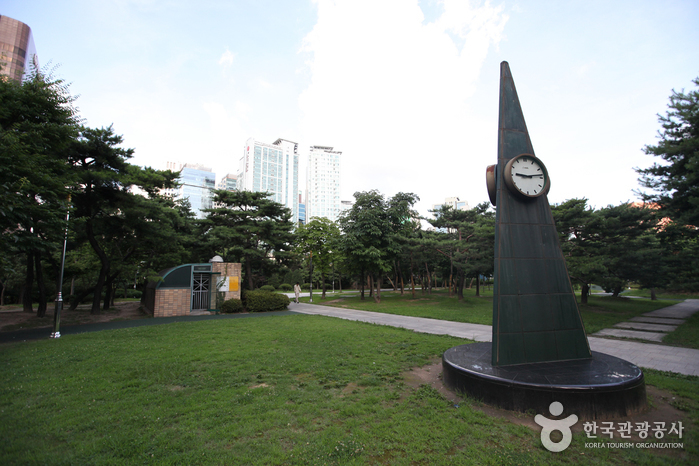
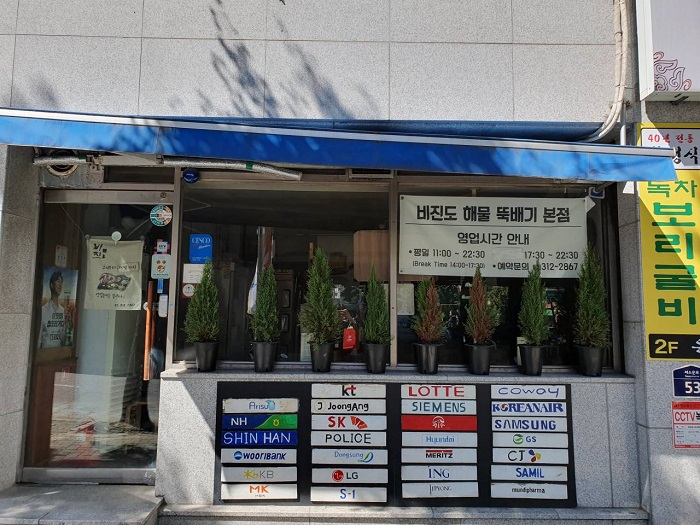
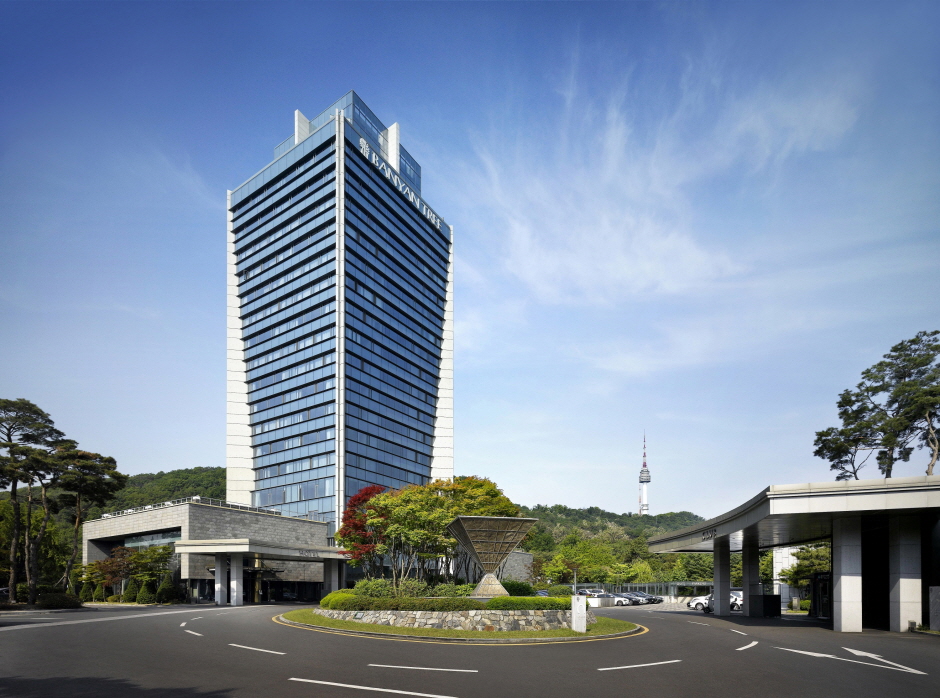
![E-Mart - Eunpyeong Branch [Tax Refund Shop] (이마트 은평)](http://tong.visitkorea.or.kr/cms/resource/84/2889084_image2_1.jpg)

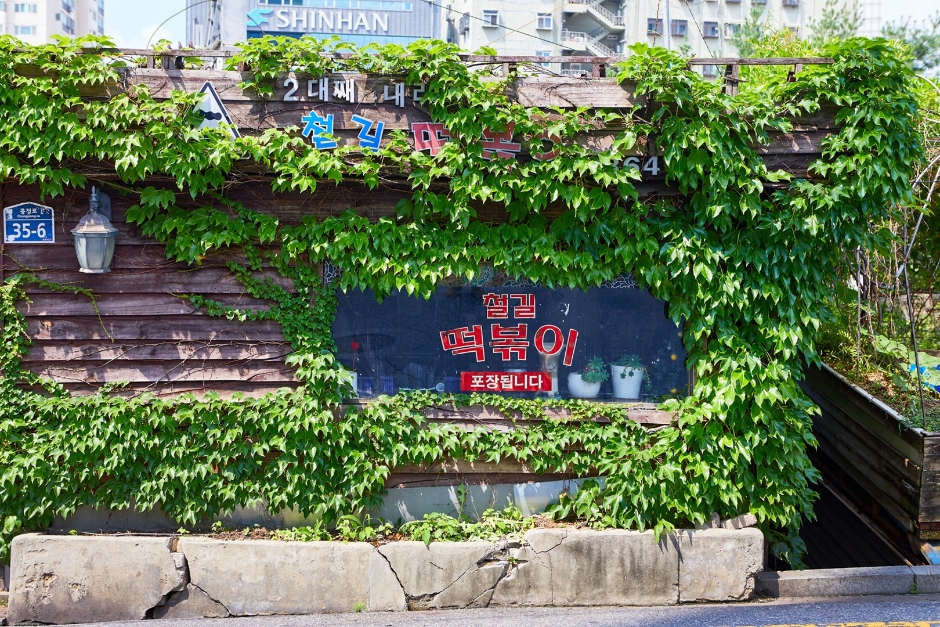
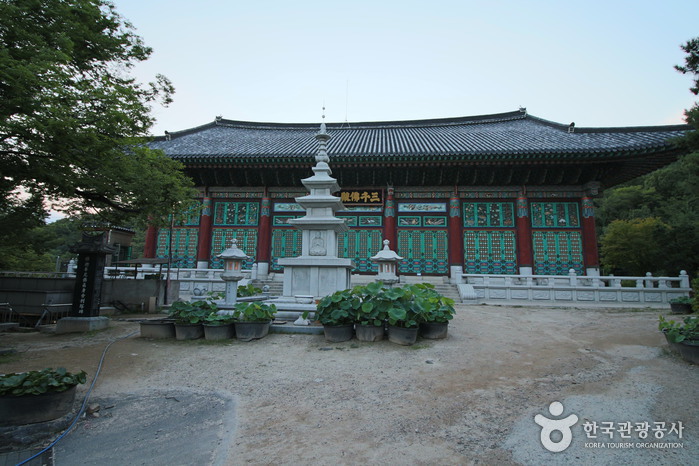
 English
English
 한국어
한국어 日本語
日本語 中文(简体)
中文(简体) Deutsch
Deutsch Français
Français Español
Español Русский
Русский